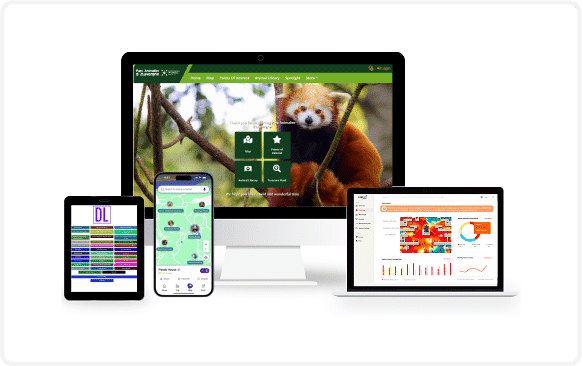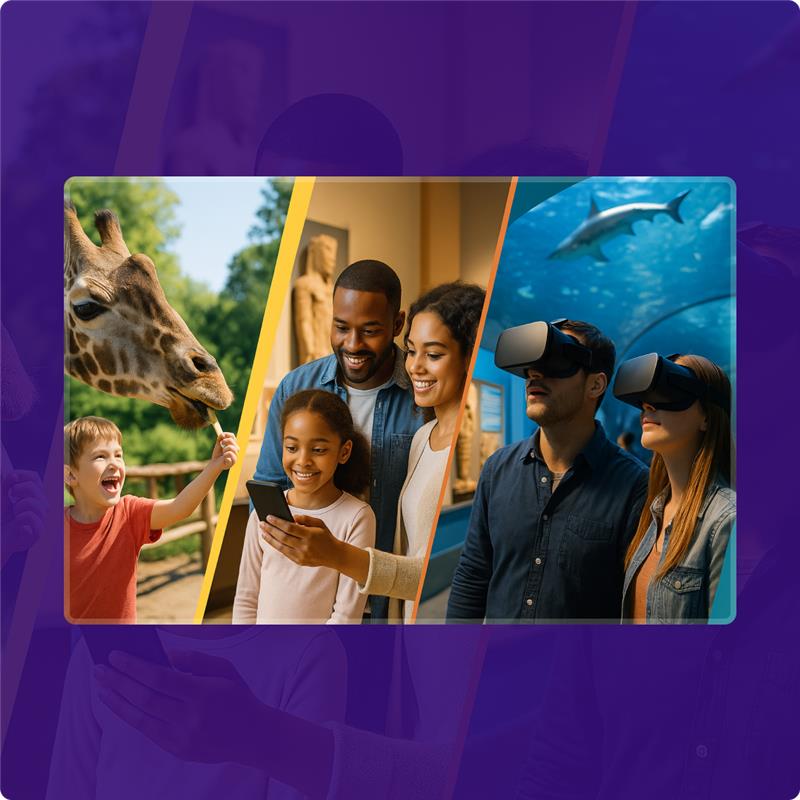As more and more people depend on digital maps on their ‘smart’ devices for locating and reaching points of interest outdoors, how do large indoor spaces ensure visitors navigate the facility and reach their desired location? And, how can high positioning accuracy be achieved?
In one of our earlier posts on types of indoor positioning systems we had described the individual strengths of each type of positioning system. In terms of accuracy, indoor localization, which relies on WiFi and IoT tops the list as it is almost 100% accurate.

However, it is a given that positioning accuracy is based on the quality of hardware used for localization.
Positioning Accuracy – Precise Indoor Positioning Solution
An indoor positioning system combines hardware and software and supports indoor wayfinding, asset tracking, real-time location finder, and geofencing.
Depending on precision, the most predominantly used hardware for indoor localization at large indoor spaces are:
- Beacons
- Radio Frequency Identification (RFID)
- Ultra Wide-Band (UWB)
These hardware devices can be used with Bluetooth, WiFi, IoT and other network platforms. Dalkilic et al. analyzed the positioning accuracy of iBeacons in indoor environments and have said that, “…indoor positioning requires different and smarter approaches. iBeacon, is new device-to-device communication technology that relies on Bluetooth Low Energy. In this work, we tested accuracy of a known method used to estimate the distance between two devices communicating through the iBeacon technology.”
In another research paper, Lam et al. have demonstrated that in a light-based indoor positioning system signal strength can be increased for higher accuracy in a 3d space. They say, “This gain in signal strength combats the limited field-of-view of luminaires and photodiodes to provide better overall coverage, which translates directly to increase positioning accuracy, particularly in a 3D space. In the results, we show field-of-view gains of 43% and improvements in MSE of 20cm.”
A more recent paper research conducted by a Chinese group of researchers concluded that the positioning accuracy of mobile laser scanning can be significantly improved using a method which combines robust weight total least squares (RWTLS) with full information maximum likelihood optimal estimation (FIMLOE).
Positioning Accuracy – Best Positioning Technology?
Based on the above info, it can be concluded that the best positioning technology will be that which goes beyond providing accuracy only. A holistic positioning platform needs to ensure it aids in wayfinding, asset tracking, location based alerts, and virtual perimeter security amongst others.
As niche, complimentary hardware emerges in the market, indoor positioning systems will definitely improve their accuracy; what remains to be seen is whether they aid in overall facility management, especially the ones which are spread over a large area.






